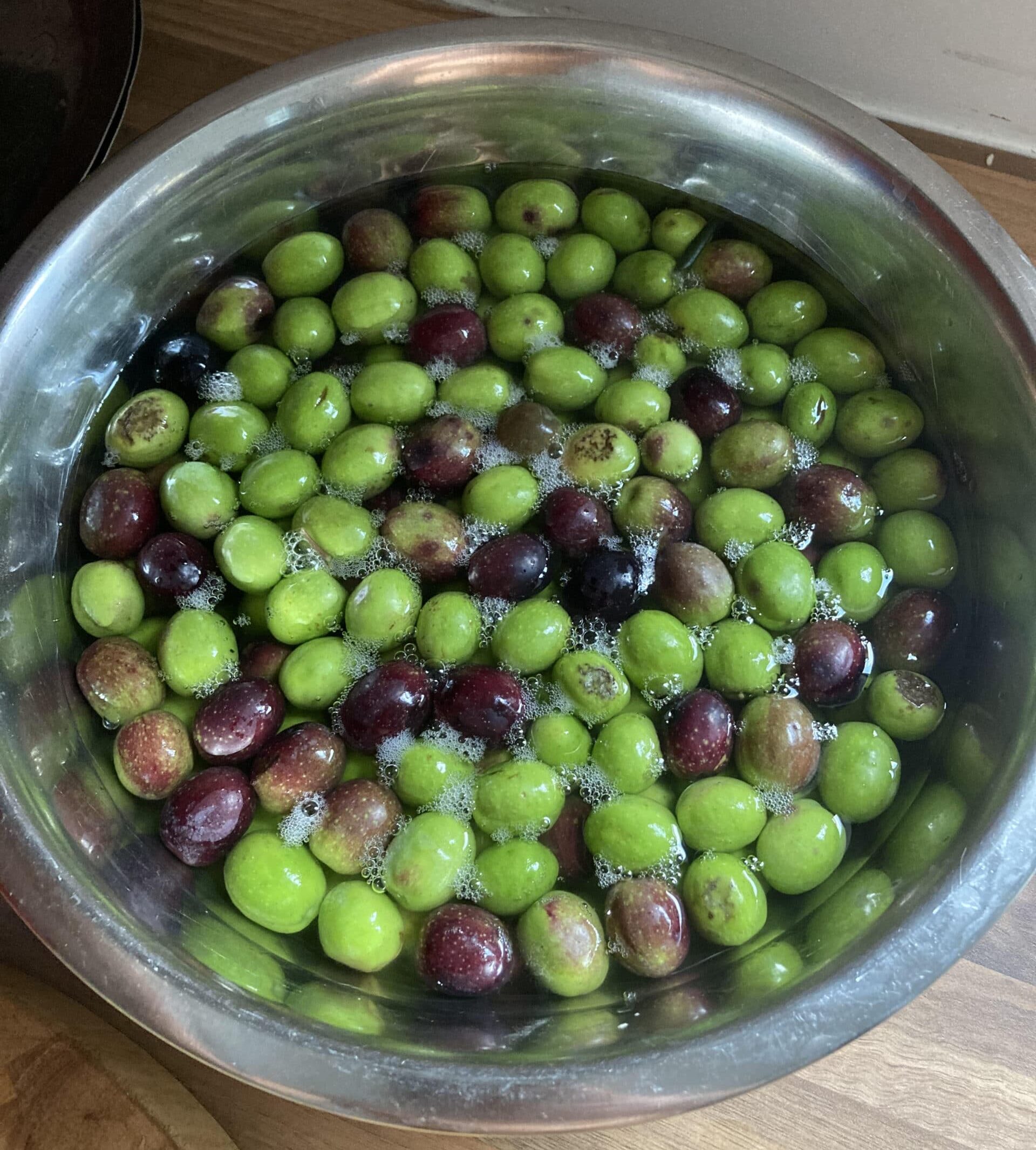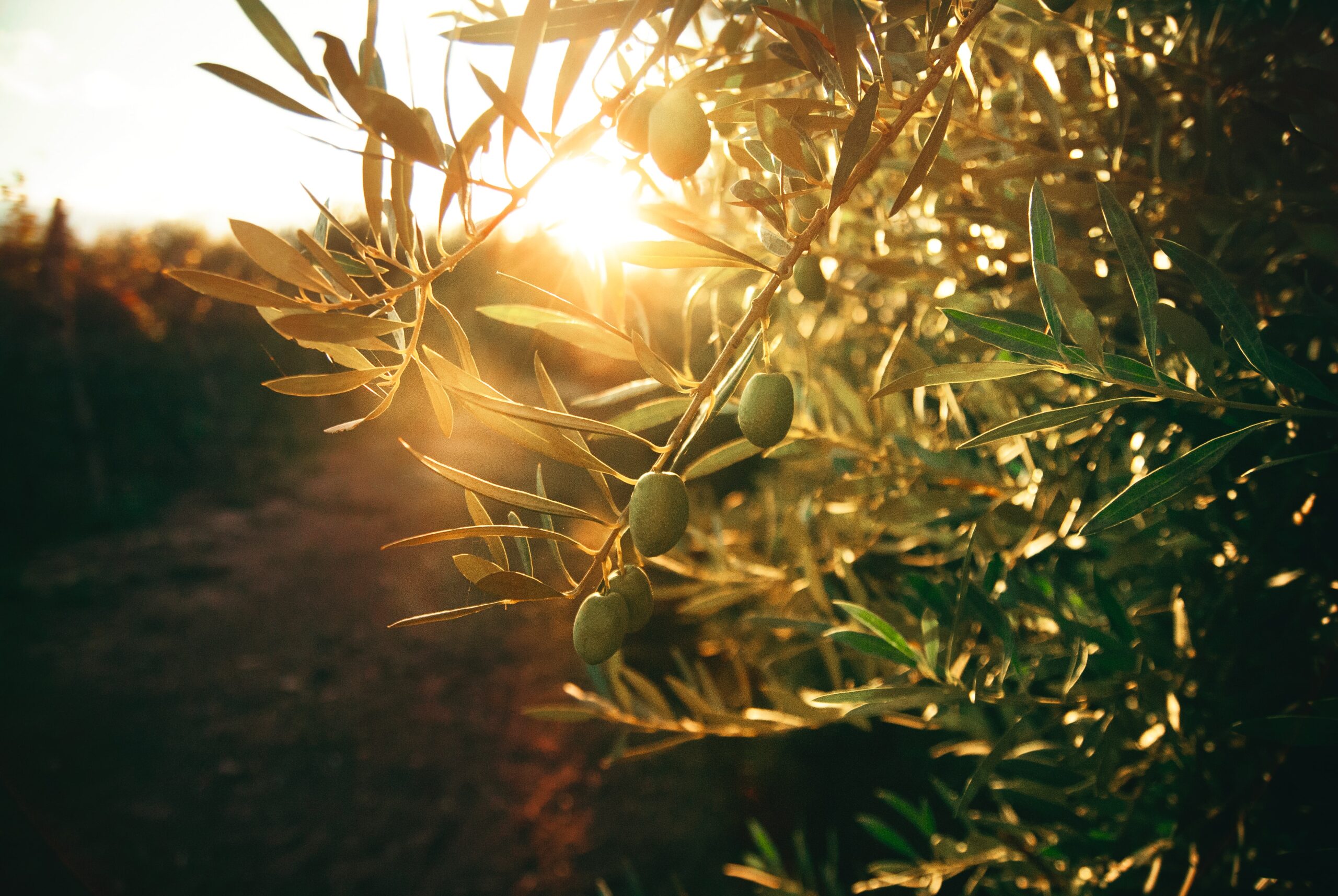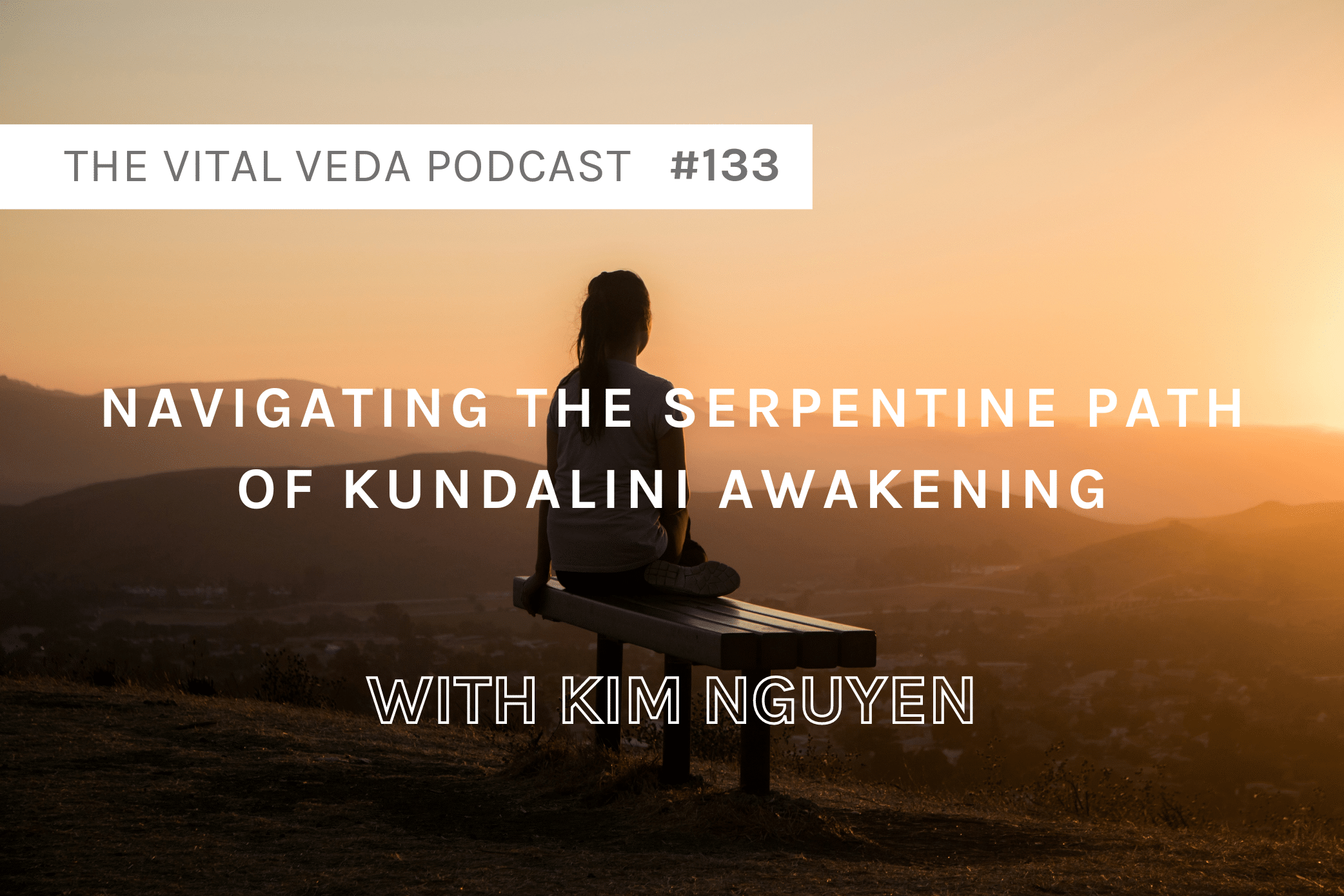SEASON (KALA)
As we exit the northern solstice, “Uttarayana,” which is heat dominant (Agneya) , and transition into the southern solstice, Daksinayana, cooling and moon dominate (Saumya), here in Australia, the earth moves a little more away from the sun in the southward direction.
Seasonal transition (RtuSandhi ऋतुसन्धि
So that is why in the Vedic culture, 9 nights are designated at these times of transition. These nine nights (Navratri) are provided to go more inward (opportunity for enhanced spiritual connection), eating less or some types of fasting so your cellular energy can be utilised on other biological functions than predominately digestion, and eating certain foods and herbs to assist with this transition.
Here in Australia at this time of year (around late April), nature provides olives. Ripe and ready on the tree to be brined and cured.
Olives being fermented and rich in Lactrobacillus bacteria have the action of sparking up the digestive fire (deepena karma).
This naturally aligns with nature because by the time these olives are cured and ready to eat, it’s winter, and the digestive fire is stronger as it huddles in to keep the body warm and digest higher protein and fatty foods to keep us insulated as we hibernate through winter.
Olives have a delicious abundance of monounsaturated fat. This coupled with biophenol anti-oxidants, helps regulate cholesterol by preventing the bad cholesterol in the arterial walls and supporting the good cholesterol for heart, brain and hormonal health.

Overall inflammation is reduced in the body by the phenolic compounds in olives when they are had in moderation.
However, olives are quite salty and heating. So make sure to consume them in condiment sizes and eat them seasonally – in winter. Pitta types should eat less of them as they can increase this fire which may manifest as skin diseases, acne, irritable bowel syndrome, hyperacidity and anger/irritability.
So my fellow Australians and those around the world who are reading this or saving it for when your season comes, look for some wild or generous olive trees and have a go at curing them…
BRINE AND CURE METHOD
Brine cured olives are absolutely delicious!
The basic principle of curing olives is that you are using water and salt to extract the glycoside from them – the chemical which makes olives very bitter when picked. Then you are left with sweeter, bitter, salty tasty fruits.
-
Soak olives in water – Put your olives in a bowl or esky or drum of pure room temperature water. (It is good to have a tap as you will be draining the water and refilling regularly). Or you can sit your olives in a strainer in a bowl of water for easy removal and water change.
-
Cover the vessel and leave for two days.
-
After two days, empty the water and refill with new water.
-
Repeat this process for about 14 days total. (If you forget about your olives for an extra day or two, that is fine).

Now it’s time to brine…
-
In a big jar mix 1L of pure warm-hot water with 100gm of salt non-idolised good quality salt. Warm-hot water is used so that the salt can dissolve evenly throughout the water.
-
Note you can make 5L or 20L of brine (highly concentrated salty water). Whatever you want. Just ensure the water to salt ratio is 10:1 (10% salt). So if you are doing 5L of water, add 500gm salt.
-
Once the jar of salt water is cooled to room temperate, add your olives in until they reach the top of the jar. It is good to squish them down tightly in. They should be fully submerged under the brine. To achieve this, add a small plate or some big flat rocks to weigh the olives down.
-
Keep your jar of olives in a dark place with a stable temperature (like a pantry).
-
How much time to brine? – This depends on the size of olives, the ripeness, how long you did the water stage for (if at all, you don’t have to do this stage but it makes the olives tastier and smoother), how salty you like your olives .
-
Taste your olives after they’ve been in the brine for 2 months and get to know the taste of brining olives. This can take 4-12 months for them to be ready.
-
After the brine stage – When they are ready, you should strain the brine (this will be very bitter).
-
Then store your olives by adding them into a new brine (this lasts for up to 6 months), in olive oil or in 50:50 vinegar and water solution.
-
Add herbs and spices like rosemary, fennel and lemon slices is good to add at this into the jar for the storage phase until you eat them all.
-
Enjoy your very own brine cured olives!
Have you ever brine cured olives? How do you use olives in your cooking? Comment below 👇
Olive brining recipe adopted from @milkwood
Related Reading: Foraging & Eating Seaweed ~ Australian Golden Kelp







